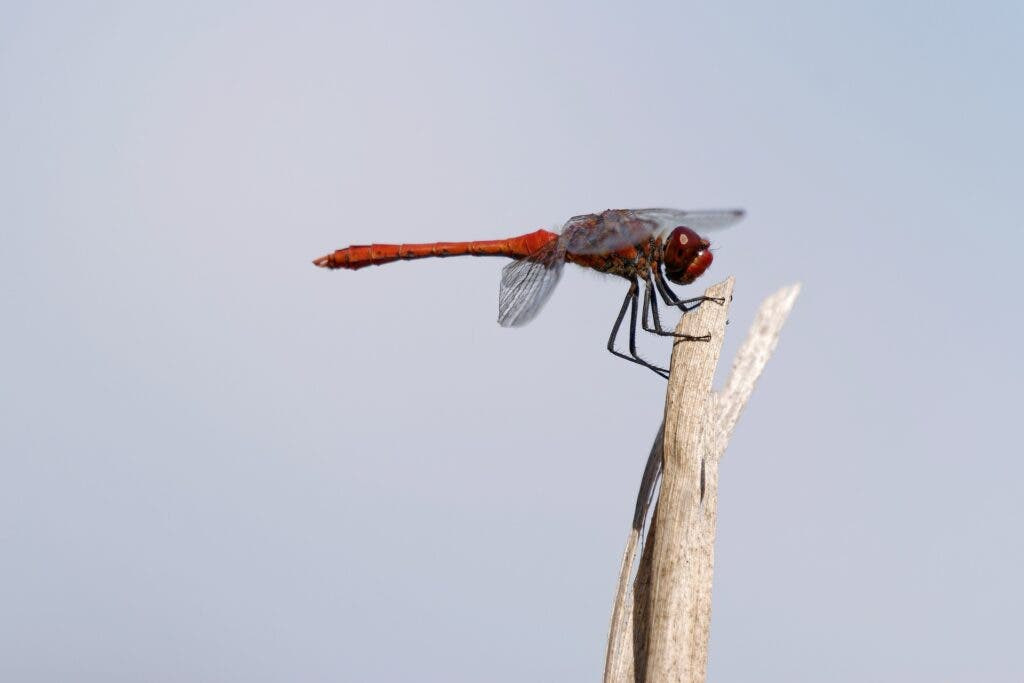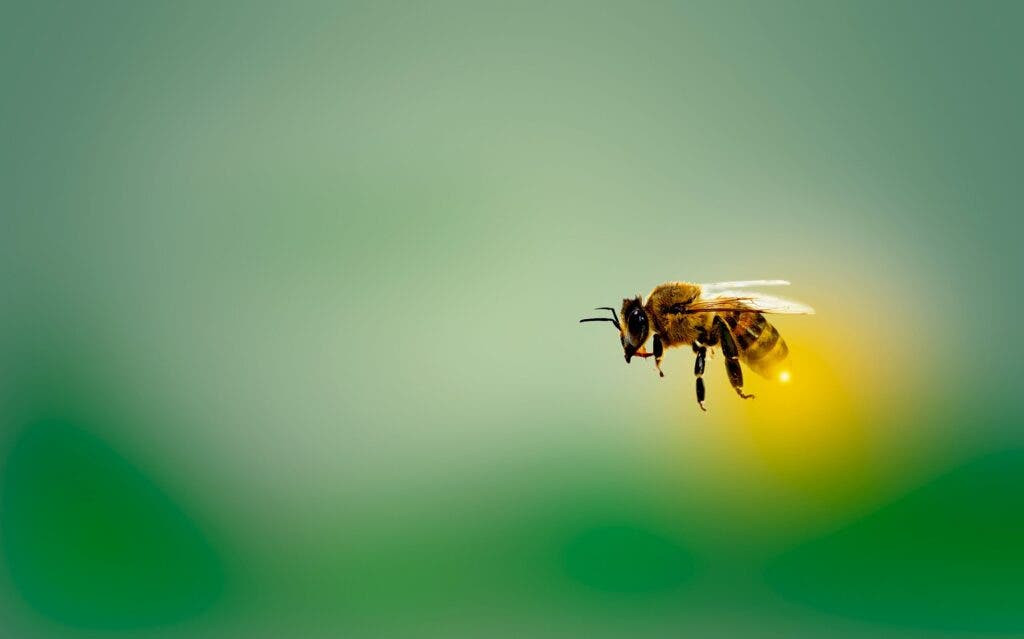It’s a common experience: you’re high up in a building, perhaps many floors above the ground, and yet, an insect finds its way in. This seemingly effortless appearance of bugs at altitude begs the question: just how high can insects fly? While it may seem like they can reach any height, there are definite limits to insect flight, even in the vast expanse of the sky.
Determining a precise maximum altitude for insect flight is complex. As Phil Pellitteri from the University of Wisconsin-Madison insect diagnostic lab notes, insects can be detected at elevations of 5,000 or 6,000 feet. However, it’s crucial to consider the role of wind. Are these insects actively flying at that height, or are they being carried by air currents? This distinction makes pinpointing the absolute flight ceiling challenging.
Factors Limiting Insect Flight Altitude
Like birds and bats, insects face environmental constraints that limit their ability to fly at high altitudes. Three primary factors come into play: air density, temperature, and oxygen levels.
Air Density
As altitude increases, air density decreases. The air becomes thinner, meaning there are fewer air molecules for an insect’s wings to push against. This reduced air resistance makes it more difficult to generate lift and maintain flight. Imagine trying to swim in molasses versus water – the principle is similar. The thinner air at higher altitudes provides less support for wings.
Temperature
Temperature also drops significantly with altitude. At 6,000 meters (approximately 20,000 feet), temperatures can plummet to around -20°C (-4°F). At even greater heights, such as 10,000 meters (roughly 33,000 feet), temperatures can reach a frigid -50°C (-58°F). These extremely low temperatures impair the function of insect muscles. The tiny muscles required for wing movement in flies and bees simply cannot operate effectively in such cold conditions, hindering their ability to fly.
Oxygen Levels
Oxygen concentration also diminishes at higher altitudes. At 6,000 meters, oxygen levels are only about half of what they are at sea level. Insects, like all living organisms, require oxygen for respiration and bodily functions, including muscle activity for flight. Reduced oxygen availability at high altitudes further restricts their physiological capacity for sustained flight.
Recorded High Altitude Insect Sightings
Despite these limitations, insects have been found at surprisingly high altitudes. The highest confirmed sighting of insects is around 6,000 meters (20,000 feet). This record is attributed to a termite captured in 1961 by insect traps aboard a Super-Constellation airplane. This plane flew over an impressive 186,000 kilometers (116,000 miles) at altitudes near 20,000 feet, and remarkably, only a single termite was found. This suggests that the practical upper limit for insect flight is around this altitude.
Weather balloons have also collected insects at slightly lower altitudes, around 5,000 meters (16,400 feet). These collections have included stoneflies, mayflies, and locusts, demonstrating a variety of insect types capable of reaching considerable heights.
Bumblebee Experiment and Theoretical Limits
Intriguing research conducted in 2014 by scientists led by Michael Dillon at the University of Wyoming explored the theoretical flight limits of bumblebees. In a controlled laboratory setting, alpine bumblebees were placed in a chamber that simulated the low air pressure of high altitudes.
The experiment revealed that bumblebees adapted to the reduced air density by altering their wing movements. They widened the arc of their wing swings to compensate for the decreased air resistance. The researchers theorized that, under these simulated conditions, some bumblebees could potentially fly at altitudes up to 9,000 meters (29,500 feet), exceeding the height of Mount Everest.
However, the researchers acknowledged that such extreme altitudes are unlikely in real-world scenarios for bees. The severe low temperatures at those heights would significantly impede muscle function, making sustained flight improbable.
Wind Dispersal and Long-Distance Travel
Interestingly, insects don’t always need to actively fly to reach high altitudes or travel vast distances. Wind plays a significant role in insect dispersal. British researcher Jason Chapman estimates that billions of insects can be airborne over the UK during a windy summer month, passively transported by air currents. This “insect air traffic” increases closer to the equator.
Many insects, including wingless species, are dispersed by wind, enabling them to travel thousands of kilometers and colonize new areas across the globe. Despite the turbulent journey, most insects survive these long-distance aerial voyages.
Furthermore, some insects have evolved strategies to utilize wind currents to their advantage, timing their movements to coincide with favorable conditions for migration. Phil Pellitteri explains that some southern species, like the leafhopper, use temperature as a cue. When temperatures drop below a certain threshold, they descend to the ground. This behavior allows them to capitalize on warm, southerly winds for northward dispersal and avoid being carried south by colder, northerly winds.
Conclusion
While pinpointing an exact maximum altitude for insect flight remains challenging, research and observations indicate that insects can reach surprisingly high altitudes, up to around 6,000 meters (20,000 feet) through active flight, and even higher through wind dispersal. Factors like air density, temperature, and oxygen levels impose significant physiological limitations. Nevertheless, the sheer number of insects found cruising in airborne currents worldwide highlights their remarkable adaptability and ability to navigate and exploit even the high-altitude environment.


